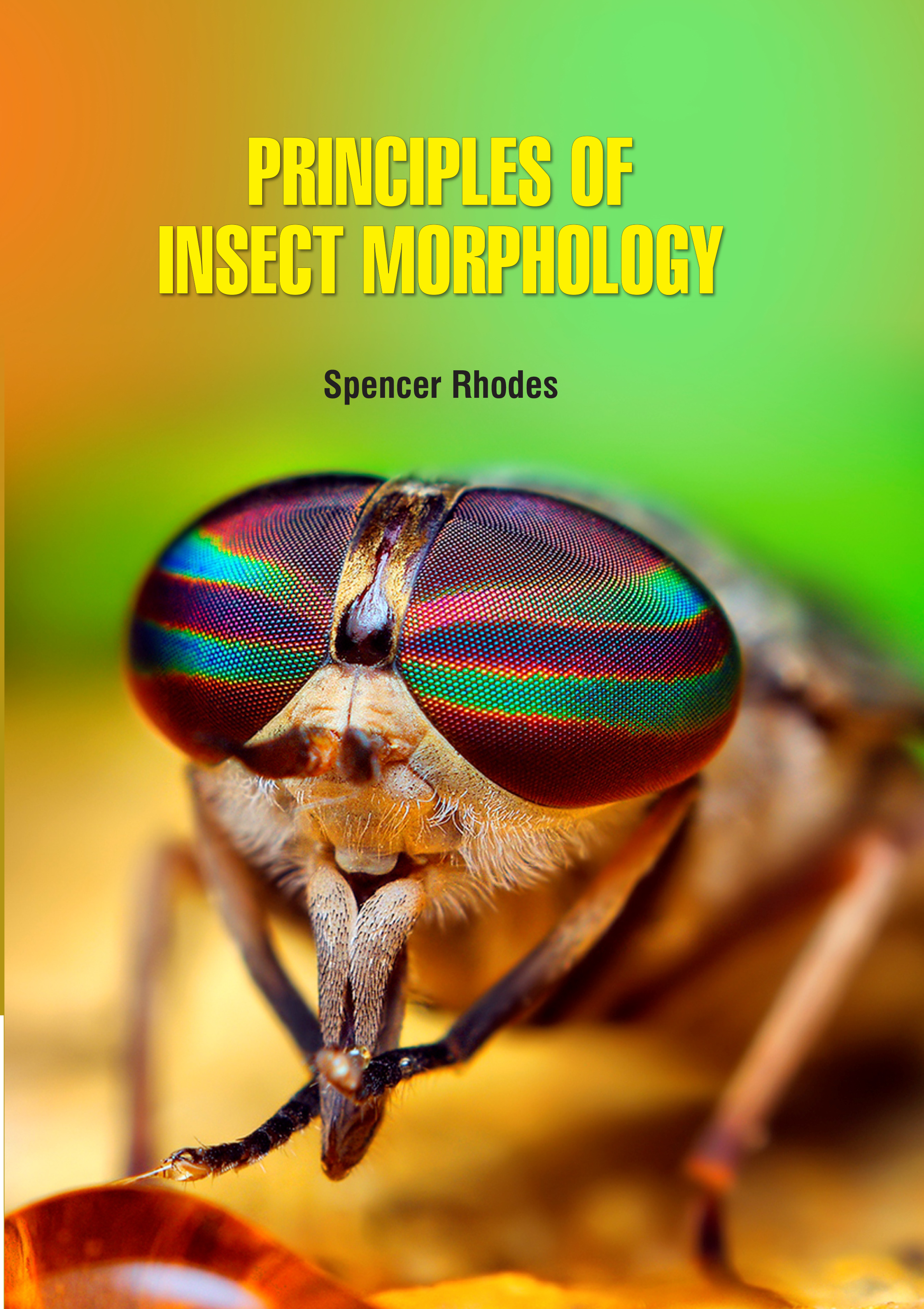
Principles of Insect Morphology
by Spencer Rhodes
| ISBN | 9789372426823 |
|---|---|
| Publisher | Digital Drive Learning |
| Copyright Year | 2026 |
| Price | $262.00 |

by Spencer Rhodes
| ISBN | 9789372426823 |
|---|---|
| Publisher | Digital Drive Learning |
| Copyright Year | 2026 |
| Price | $262.00 |
Insect morphology is the study and description of the physical form of insects. The terminology used to describe insects is similar to that used for other arthropods due to their shared evolutionary history. Insects, like all arthropods, have no interior skeleton; instead, they have an exoskeleton, a hard outer layer made mostly of chitin which protects and supports the body. The insect body is divided into three parts: the head, thorax, and abdomen. The insect outer skeleton, the cuticle, is made up of two layers; the epicuticle, which is a thin, waxy, water-resistant outer layer and contains no chitin, and the layer under it called the procuticle. This is chitinous and much thicker than the epicuticle and has two layers, the outer is the exocuticle while the inner is the endocuticle. The tough and flexible endocuticle is built from numerous layers of fibrous chitin and proteins, crisscrossing each other in a sandwich pattern, while the exocuticle is rigid and sclerotized. In most insects the fat body serves as a storage depot for food reserves, and sometimes for storage excretion. Lipid reserves are often accumulated in massive quantities in this organ, so that it looks like a body, or organ, of fat. The term fat body was coined during early days of studying insect morphology, and it derives from the fatty appearance of the tissue. This term is deeply entrenched in the literature of our field, so much so that it would be a futile exercise to try working toward a more descriptive expression for this organ. The alternative is to expand our conception of what the term fat body represents. Each of the several chapters of this book in other words is an attempt to give a coherent morphological view of the fundamental nature and the apparent evolution of a particular group of organs or associated structures.